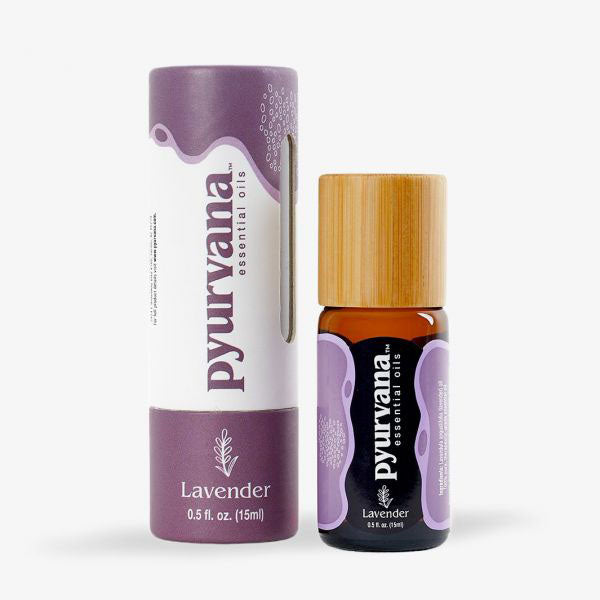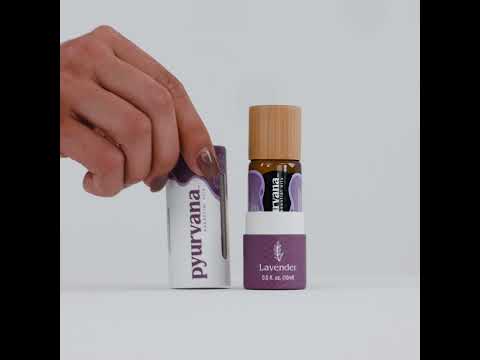Lavender Oil – 15ml
Lavender Oil – 15ml
Couldn't load pickup availability
Lavender oil is incredibly calming and has a well-known, relaxing scent. This is one of the most popular essential oils and many people enjoy diffusing it or applying it topically.
More Information

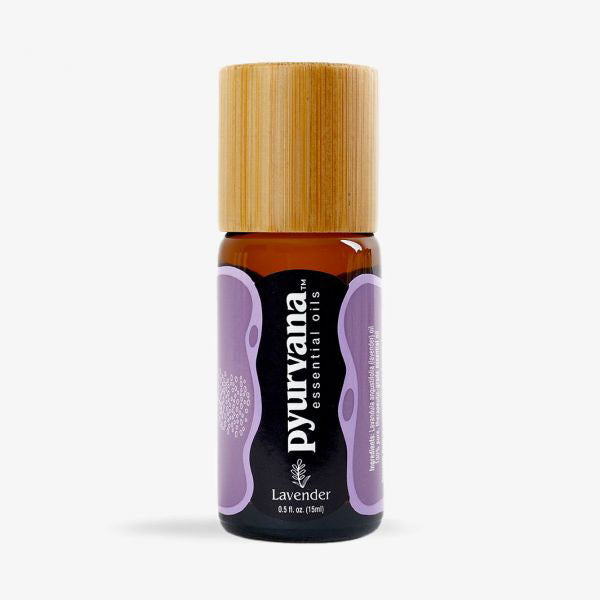
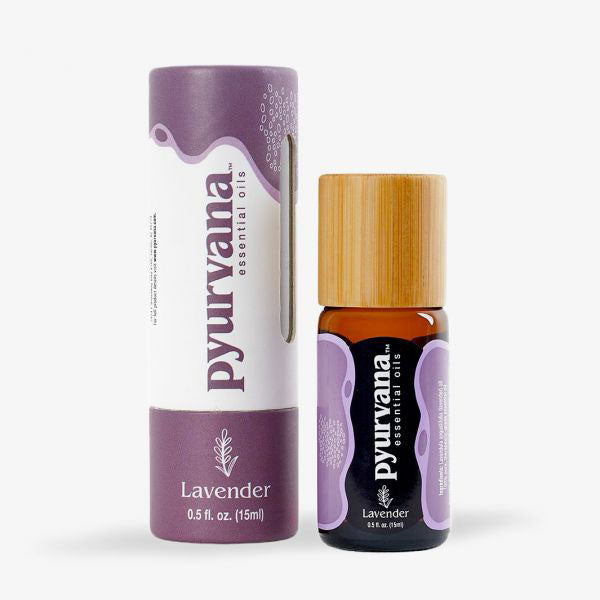
What is Lavender Oil?
There are multiple varieties of lavender in the Lavandula genus, which is part of the same plant family as mint. To make our lavender oil, we use the Lavandula angustifolia species, which was formerly known as Lavandula officinalis. This is also called true lavender or common lavender and grows throughout the Mediterranean. Other varieties have been documented to have grown in Ancient Greece and Rome.
The flower has historically been used for perfumes for over 2,500 years. In the first century AD, Greek naturalist Dioscorides wrote about the medicinal properties he believed lavender possessed. Ancient Romans would bathe with lavender oils and the English name for lavender actually comes from the Latin verb lavare, which means “to wash.” In more modern times, the plant has many culinary uses and is a part of the blend herbes de provence, which includes dried herbs typical in the south of France.
To extract our lavender essential oil, we use a process called steam distillation. This involves placing the flowering buds of the lavender plant into a vat and introducing steam. The heat vaporizes the essential oils in the flowers. We then distill this back into a liquid, separate the oils from water, and purify them.
Complementary Scents
For a sweet and floral scent, try pairing lavender with rose. It also goes well with citrus oils including lemon, orange, and grapefruit. Combining lavender with frankincense or clary sage allows you to take advantage of the spiritual properties that these oils possess.
Primary Benefits
Perhaps the most well-known benefit of lavender oil is its calming scent. This aroma is used in many products that are intended to help you relax and unwind. Whether you use it as a massage oil, add it to a bath, or diffuse the oil in your home or office, it’s easy to create a soothing atmosphere. Adding other oils allows you to create a blend that is most calming for you.
Lavender essential oil is also an excellent choice to add to your skin care routine. It can brighten your complexion while contributing a delightful scent to any product. Make sure to dilute with a carrier oil before any application and to use a lower concentration if you use the oil on your face.
How to Use Lavender Essential Oil
To diffuse lavender oil, simply add a few drops to your diffuser and follow any instructions for your specific model’s operation. Be careful not to add too much as this can lead to an overpowering scent. We also recommend limiting your diffusion time to avoid overexposure.
When applying our lavender essential oil topically, always dilute it with a carrier oil first. Jojoba, coconut, and olive oil are all excellent options. We recommend using three drops per teaspoon of the carrier oil for standard application and three drops in four teaspoons when using the oil on your face. You may need to adjust this depending on the sensitivity of your skin.
Cautions
Young boys should not use lavender oil as it can impact their hormones and lead to a condition known as gynecomastia.
Like any 100% pure essential oil, lavender should not be applied directly to your skin and must always be diluted with a carrier oil. Avoid any sensitive areas such as around your eyes, ears, or nose. Some people have an allergy or other sensitivity to the components of this or other essential oils. If you notice any adverse reaction, stop use immediately and seek medical attention.
Keep out of reach of children.
If you are pregnant, nursing, or under the care of a physician, consult your health care provider before using lavender or any other essential oil.
This essential oil is for external use only and should not be ingested.
Pure essential oils are flammable and should be stored in a cool, dry location away from any open flames or excess heat.
What's Trending
-
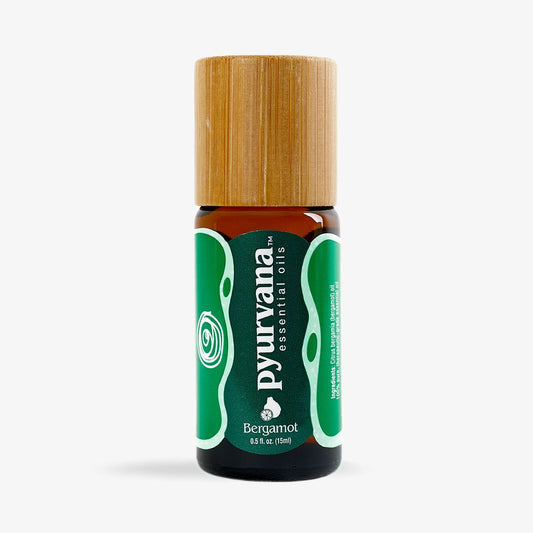 30%
30%
OFFBergamot Oil – 15ml
Regular price $16.10Regular priceUnit price / per$23.00Sale price $16.10Sale -
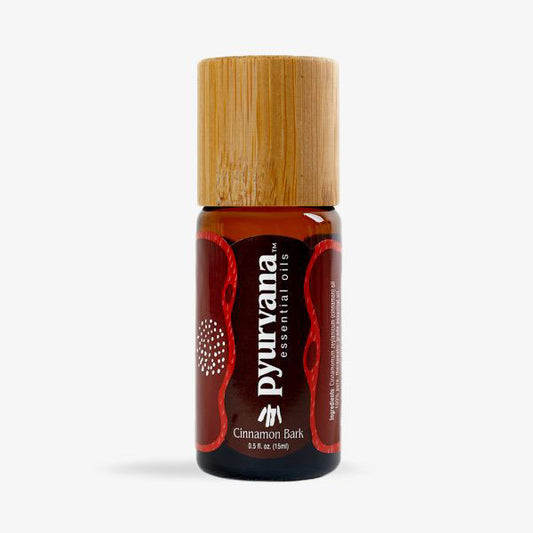 30%
30%
OFFCinnamon Oil (Bark) – 15ml
Regular price $14.00Regular priceUnit price / per$20.00Sale price $14.00Sale -
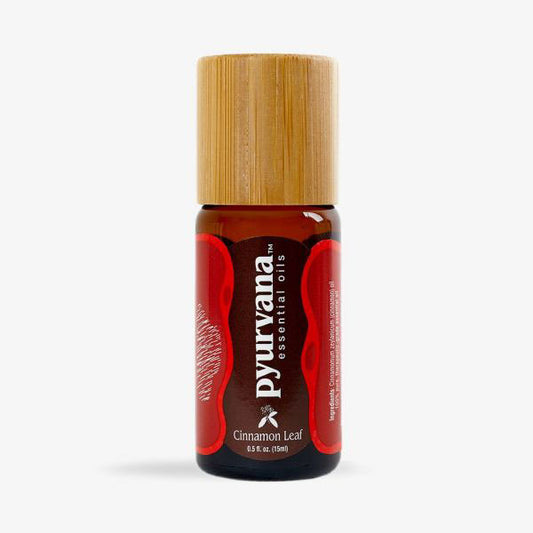 30%
30%
OFFCinnamon Oil (Leaf) – 15ml
Regular price $16.80Regular priceUnit price / per$24.00Sale price $16.80Sale -
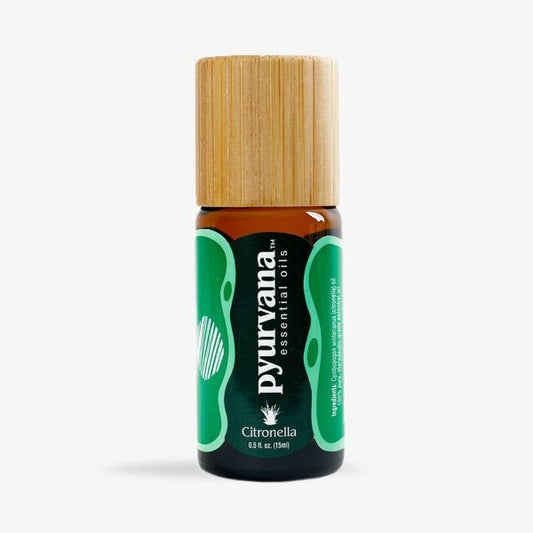 30%
30%
OFFCitronella Oil – 15ml
Regular price $10.50Regular priceUnit price / per$15.00Sale price $10.50Sale -
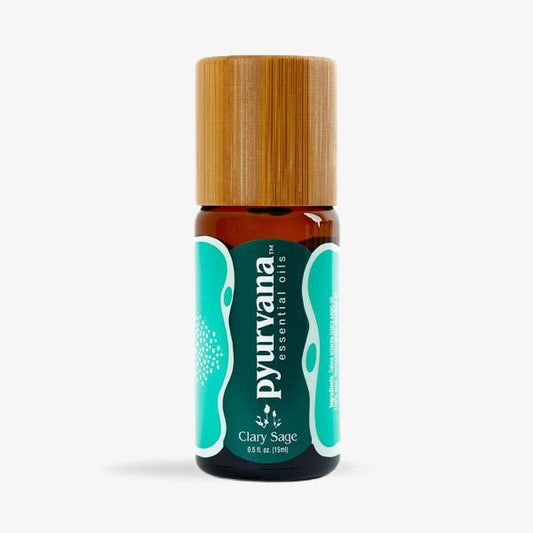 30%
30%
OFFClary Sage Oil – 15ml
Regular price $21.00Regular priceUnit price / per$30.00Sale price $21.00Sale


